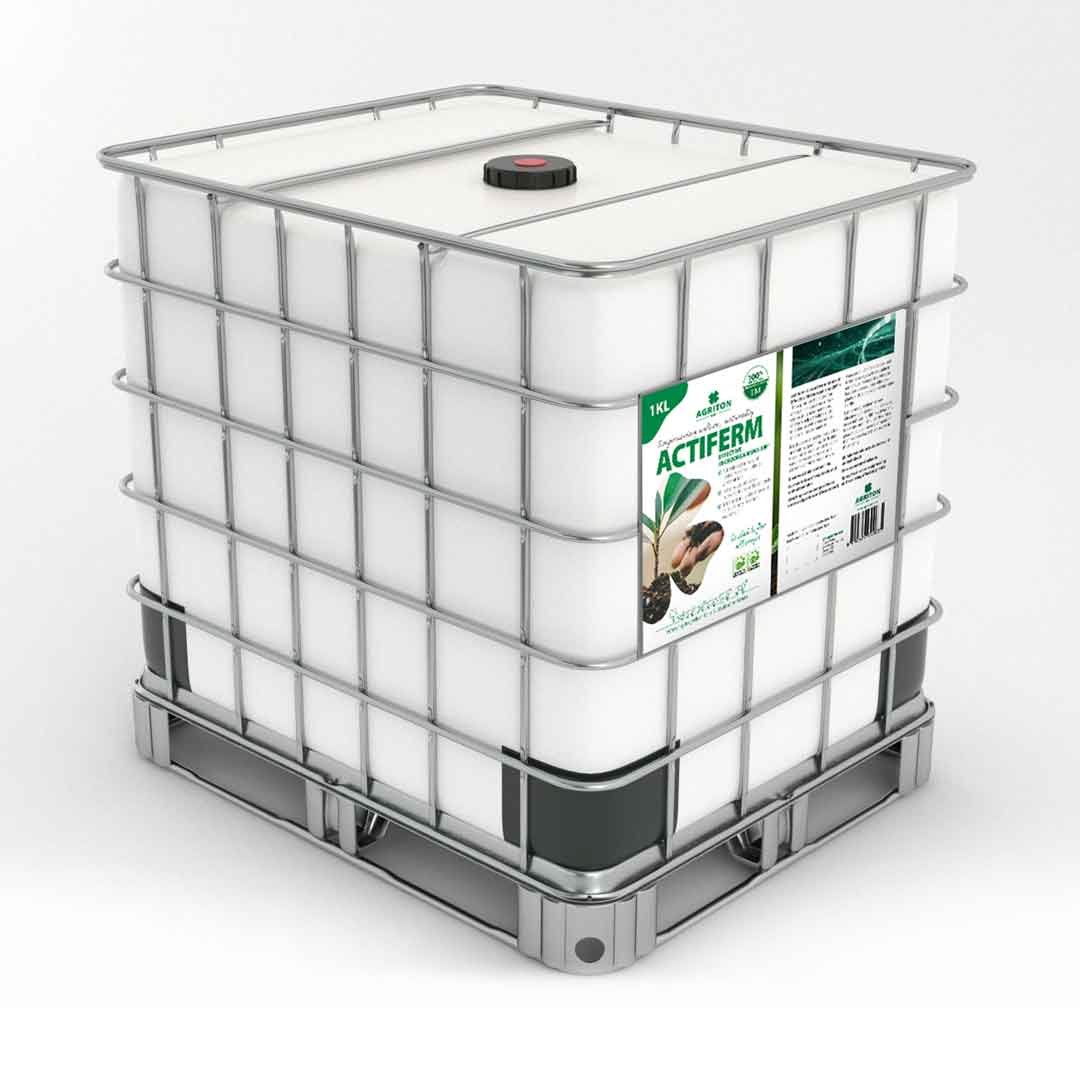EM Grey ceramic Pipes
Experience water enhancement like never before with EM Ceramic Pipes. Crafted by Prof. Teruo Higa through the fermentation of clay with Effective Micro-organisms (EM), these pipes bring positive resonance to water. Learn about their diverse applications—from laundry and dishwashers to flowerpots and aquariums. Explore the technical aspects of resonance and information transfer and discover how EM Ceramics work beyond domestic use for effluent treatment and wastewater recycling. Choose EM Ceramic Pipes for a sustainable and effective solution to improve water quality.
Experience water enhancement like never before with EM Ceramic Pipes. Crafted by Prof. Teruo Higa through the fermentation of clay with Effective Micro-organisms (EM), these pipes bring positive resonance to water. Learn about their diverse applications—from laundry and dishwashers to flowerpots and aquariums. Explore the technical aspects of resonance and information transfer and discover how EM Ceramics work beyond domestic use for effluent treatment and wastewater recycling. Choose EM Ceramic Pipes for a sustainable and effective solution to improve water quality.
Experience water enhancement like never before with EM Ceramic Pipes. Crafted by Prof. Teruo Higa through the fermentation of clay with Effective Micro-organisms (EM), these pipes bring positive resonance to water. Learn about their diverse applications—from laundry and dishwashers to flowerpots and aquariums. Explore the technical aspects of resonance and information transfer and discover how EM Ceramics work beyond domestic use for effluent treatment and wastewater recycling. Choose EM Ceramic Pipes for a sustainable and effective solution to improve water quality.
EM Ceramics for Water Enhancement: A Resonant Revolution
Overview: EM Ceramic Pipes offer a revolutionary approach to water enhancement, leveraging the principles of resonance and information transfer. Developed by Prof. Teruo Higa, these ceramic pipes are crafted through the fermentation of clay with Effective Micro-organisms (EM) and subsequent firing at high temperatures. The result is a unique medium that retains vibrational information, contributing to the improvement of water quality and various applications.
Application:
Water Jug or Drinking Jug (1 litre): 12 pieces in a water jug.
Laundry: 50 pieces sewn into a flannel for each wash in the washing machine.
Dishwasher: 12 pieces on a strong nylon thread in the top of the dishwasher.
Fruit Bowl: 12 pieces placed in the fruit bowl.
Toilet Flush Tank: A few pipes in the toilet flush tank.
Flower Pot or Vase: 5 pieces in each flower pot or vase.
Flower Watering Can: 12 pieces on a nylon thread and hung in the flower watering can.
Rain Barrel: 1x 500g net bag on a hook in the rain barrel.
Aquarium: In the filter or water tank of the aquarium.
Dog Collar: Braid around 10-12 pipes with paracord to make a dog collar.
Large Water Supply: 1x 500g net bag per 10,000 litres of running water.
Technical Information on EM Ceramics: Resonance and Information Transfer:
Water as a Medium: Water serves as the medium for the transference of vital information. Each water molecule acts like a magnetic tape, absorbing and transferring magnetic resonance.
Positive and Beneficial Resonance: There are positive and beneficial magnetic resonances, as well as destructive ones. EM Ceramics are designed to retain and transfer positive resonances, contributing to overall well-being.
Purity Matters: The ability of water to accurately transfer information depends on its purity. EM Ceramics, with their capacity for ion exchange and far-infrared radiation, contribute to water purity and prevent oxidation.
EM Ceramics and Oxidation: EM Ceramics not only prevent oxidation but also elicit regenerative magnetic resonance, steering matter in the direction of regeneration.
Clay and Microorganisms: Clay, a colloid, has the capacity to accept and fix diverse electronic resonance or information. EM Ceramics, fermented with EM and fired into clay, act as a medium for beneficial information transfer.
How EM Ceramics Work:
Fermentation and Firing: Clay fermented with EM is fired into ceramic at high temperatures, ensuring that only beneficial microorganisms remain.
Vibrational Information Transfer: EM Ceramics, when in contact with water, extract EM information from the clay and transfer it to the water, bringing it "in-formation."
Water Enhancement: Water "in-formation" exhibits a certain order that enhances plant growth, seed germination, and other positive effects.
Applications Beyond Domestic Use:
Effluent Treatment: EM Ceramics efficiently decompose organic matter and chemicals in drinking water, offering a cost-effective and eco-friendly solution.
Wastewater Recycling: EM and EM Ceramics can be employed for recycling domestic wastewater, reducing overall water pollution.
Conclusion: EM Ceramic Pipes provide a multifaceted solution for improving water quality and fostering positive resonance in various applications. From domestic settings to effluent treatment and wastewater recycling, these ceramics offer a sustainable and effective approach to water enhancement.
Note: The above information is derived from "An Earth Saving Revolution II" by Teruo Higa, translated by Anja Kanal
Approx 350 beads per 500g
The Gray pipes are 9mm diameter and 11mm height.
The bag weight is a minimum of 250/500g, but as they are hand made can go up to= 260/510g. 10 pipes are 14g.












